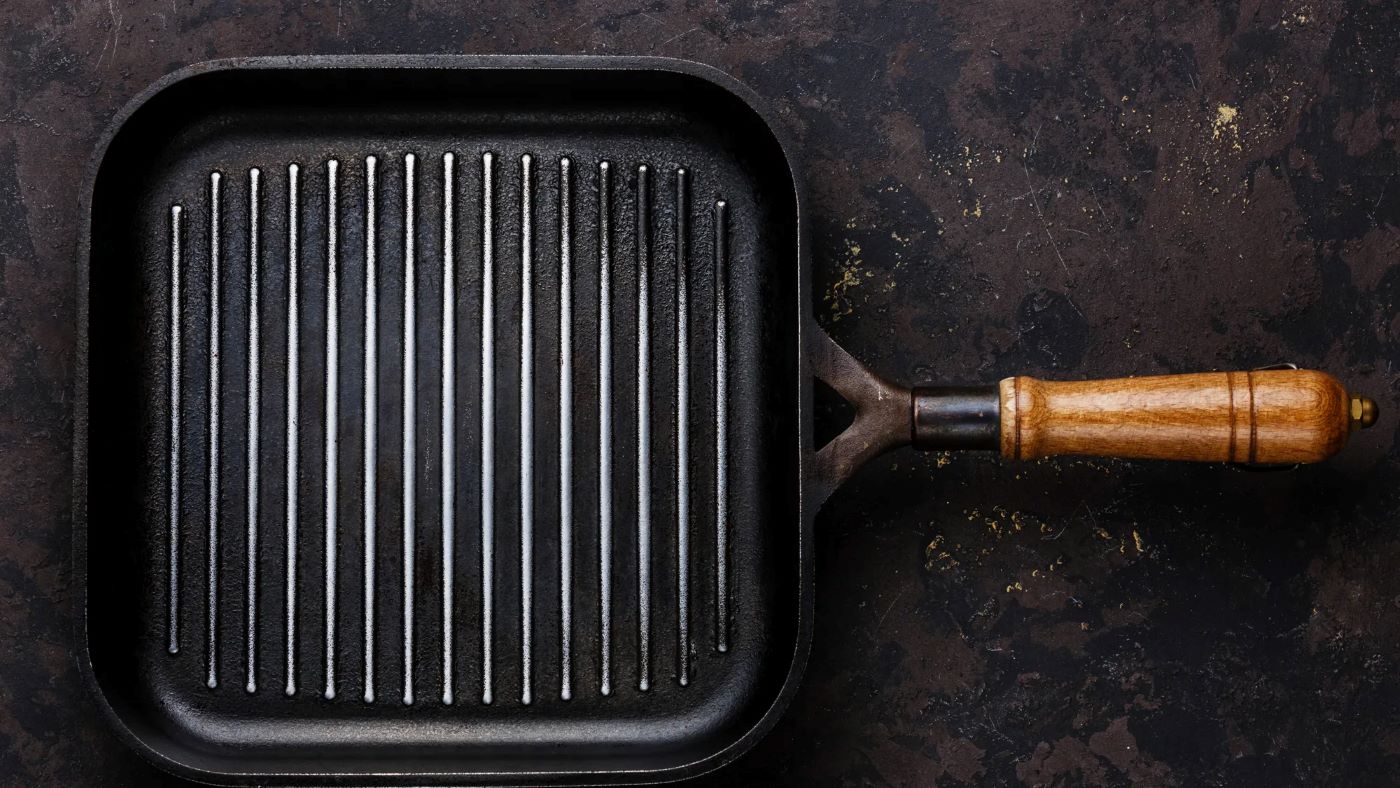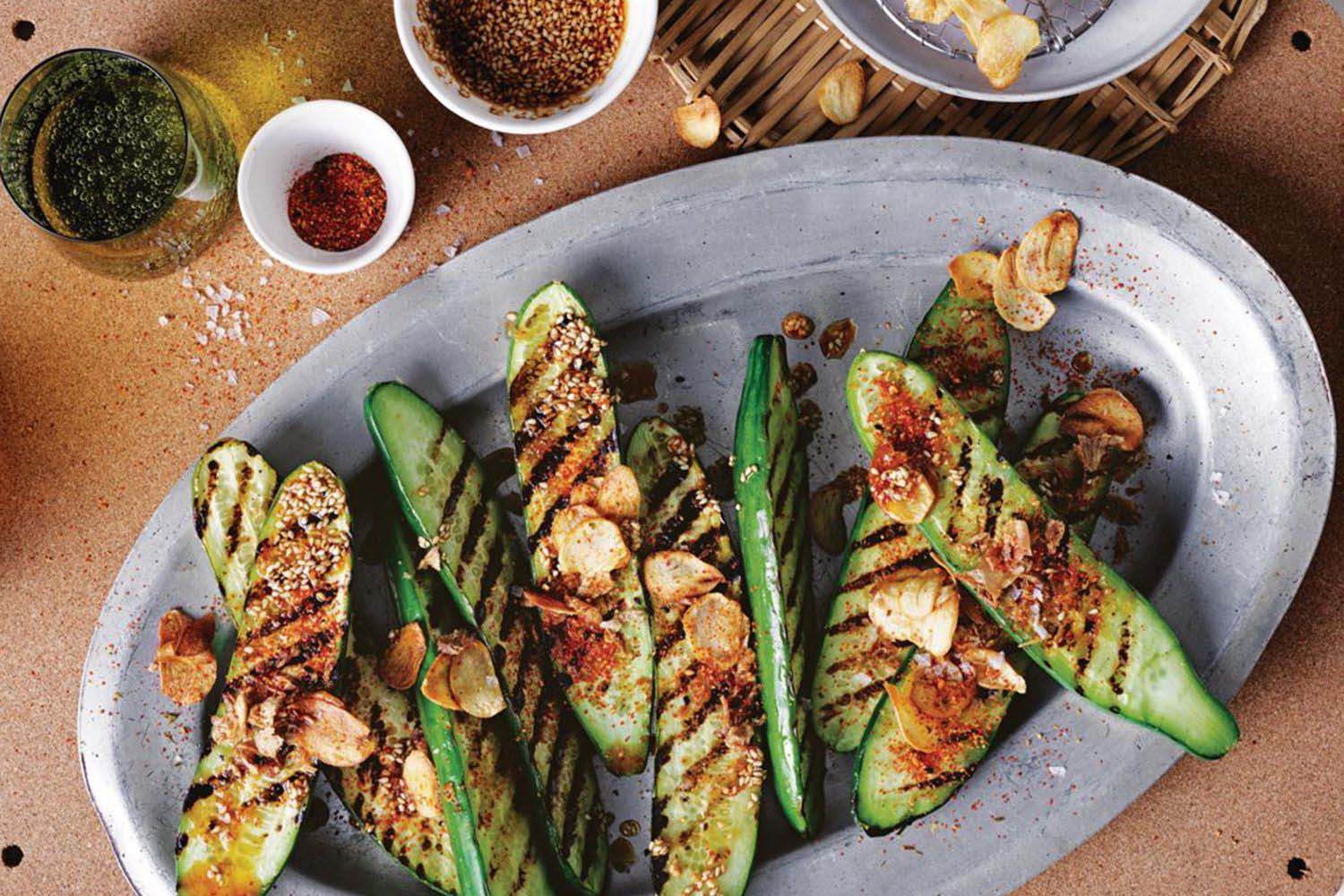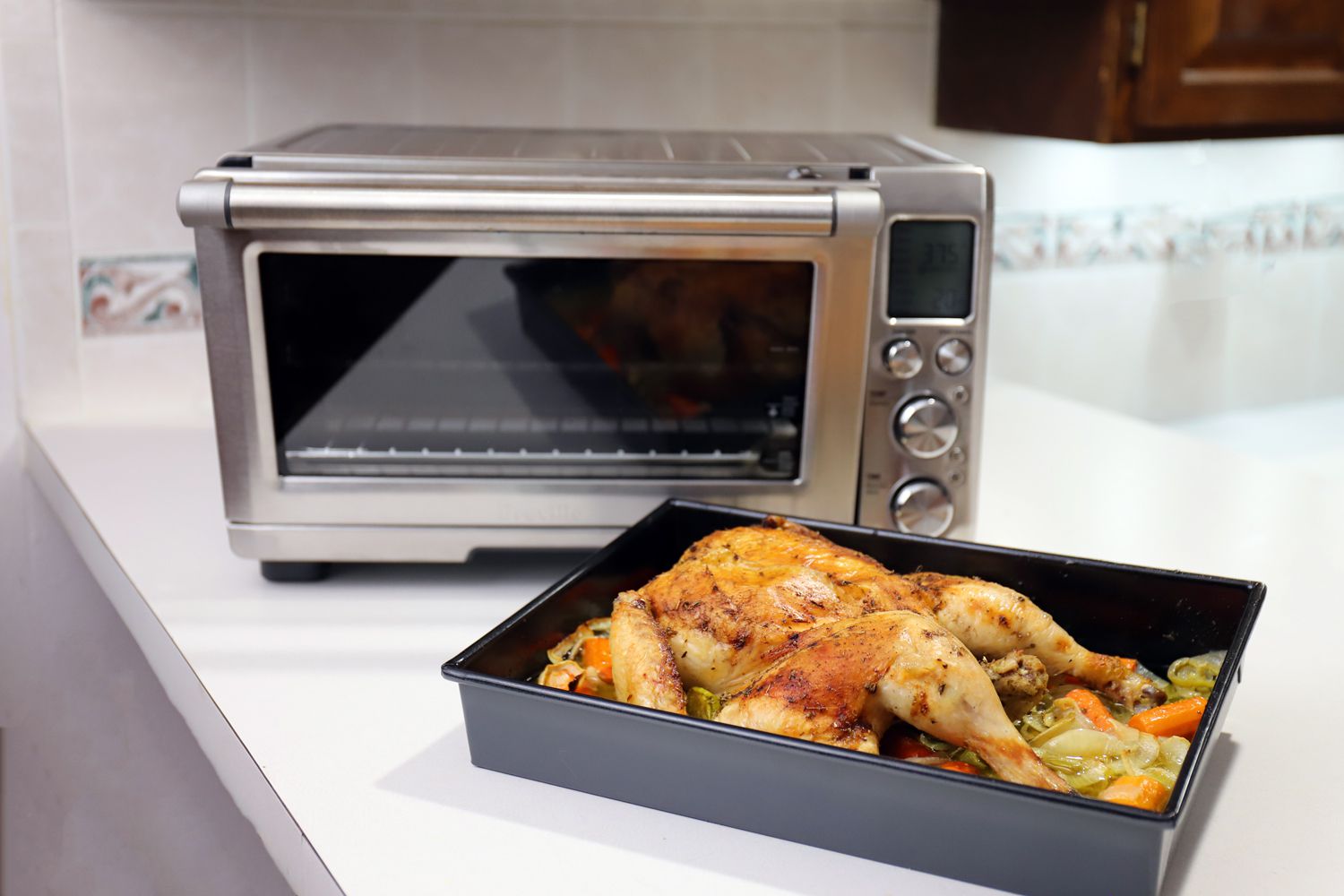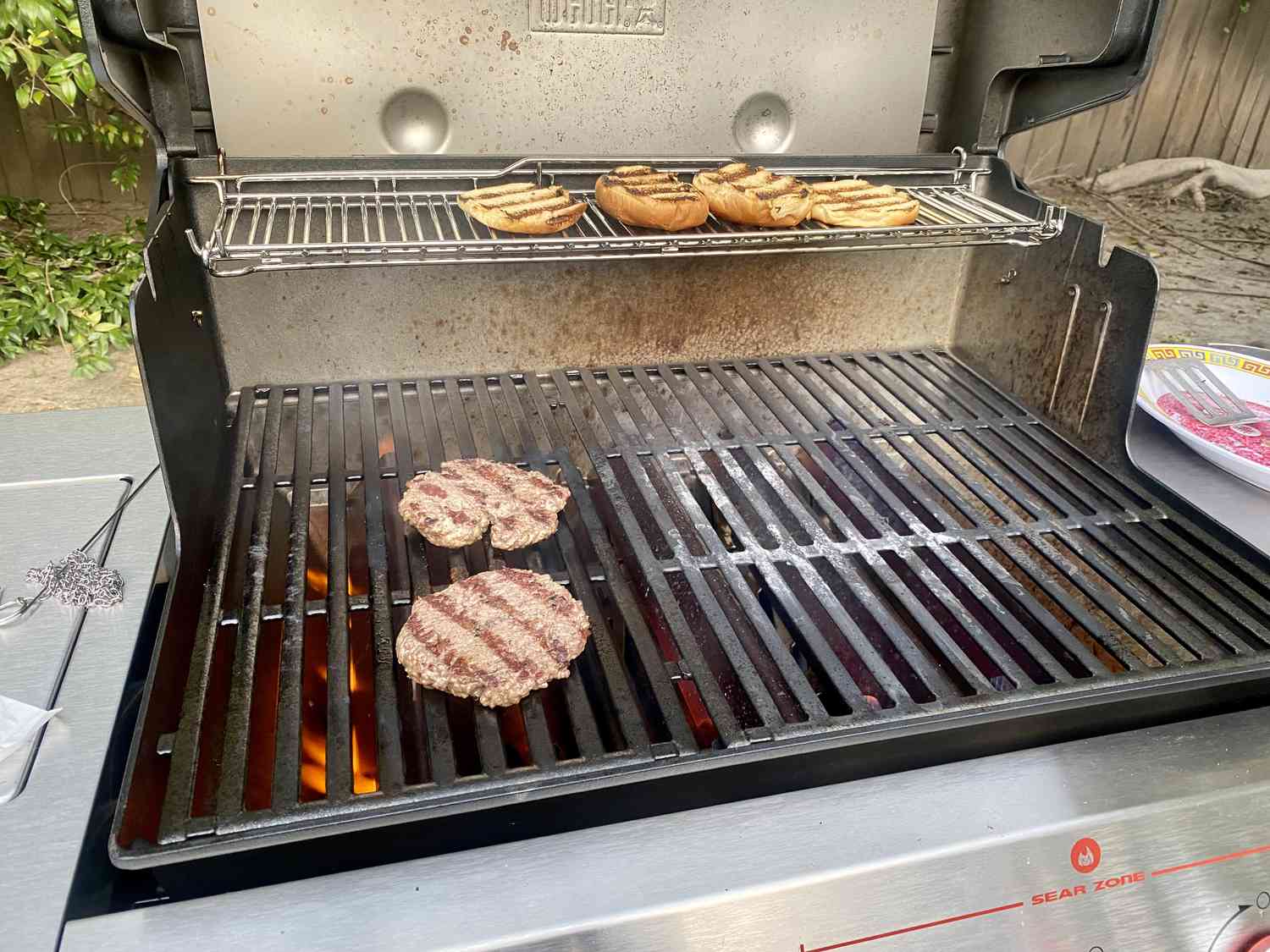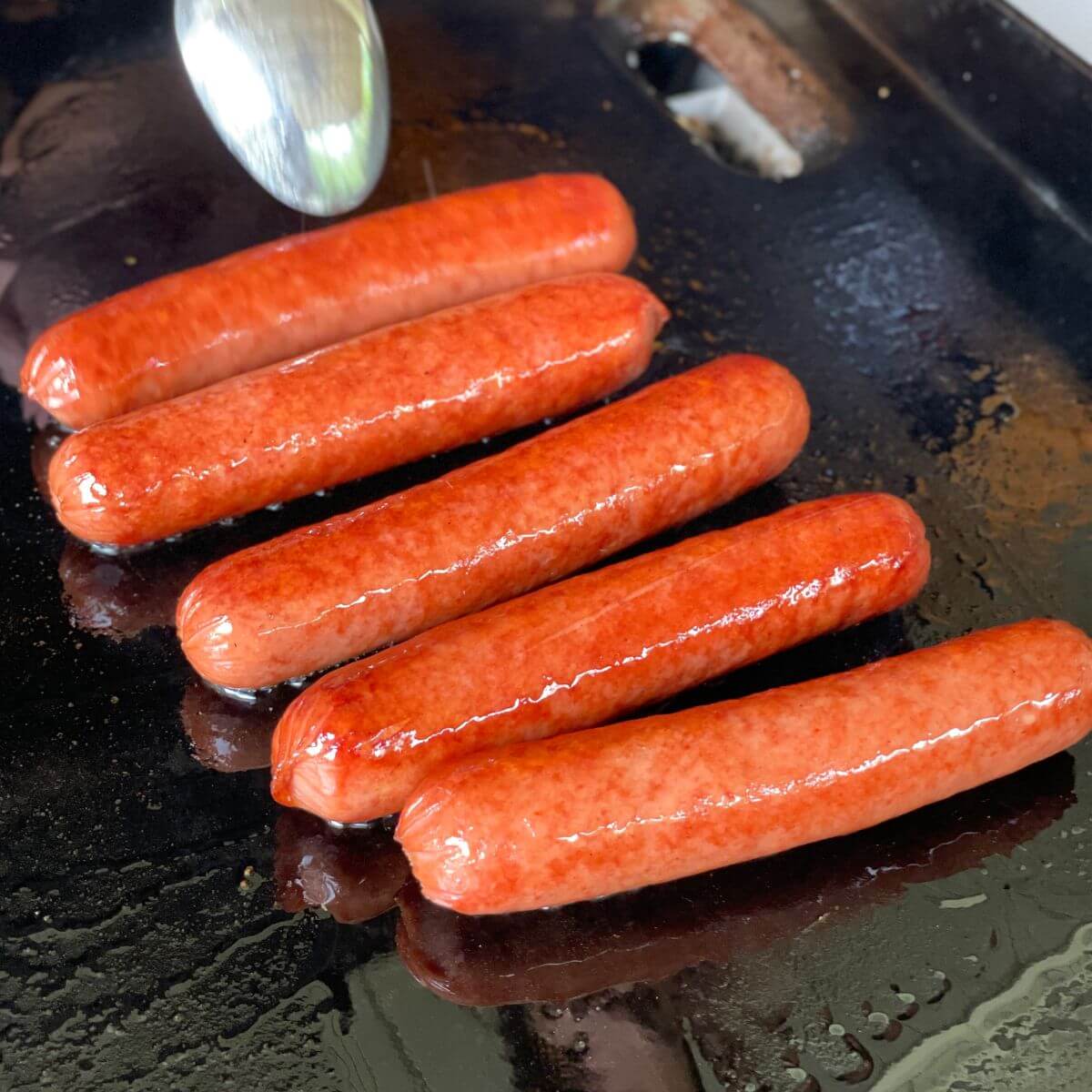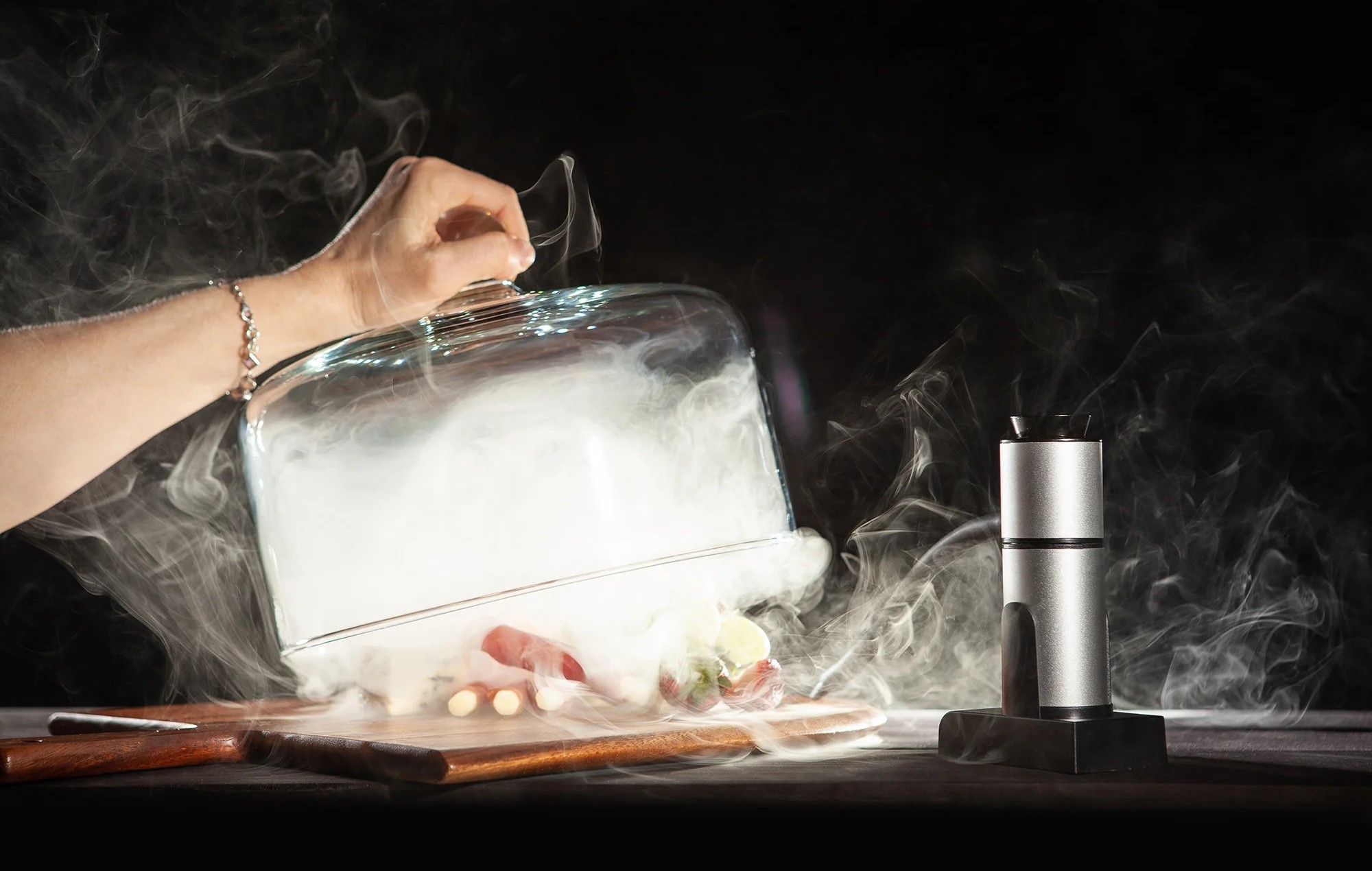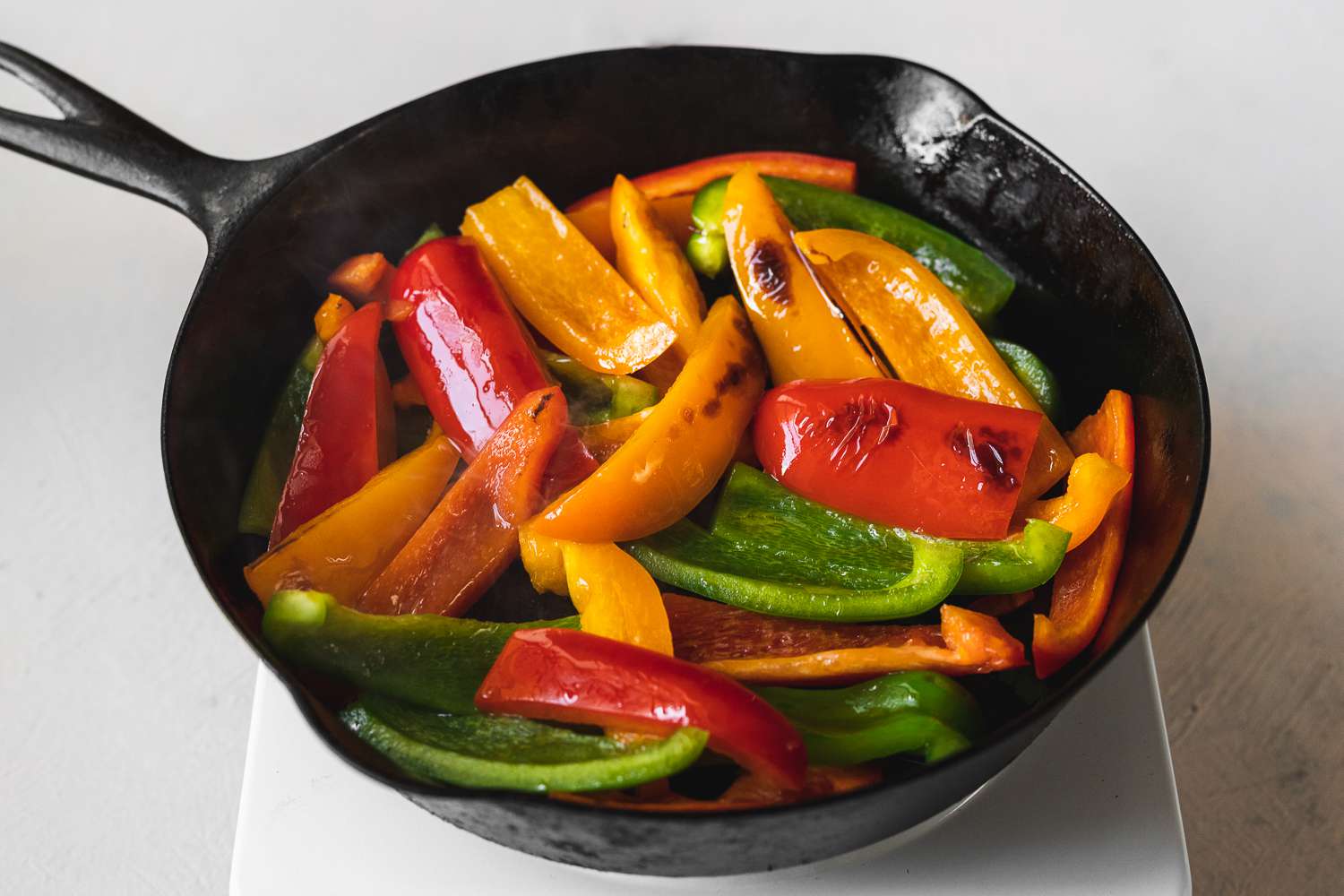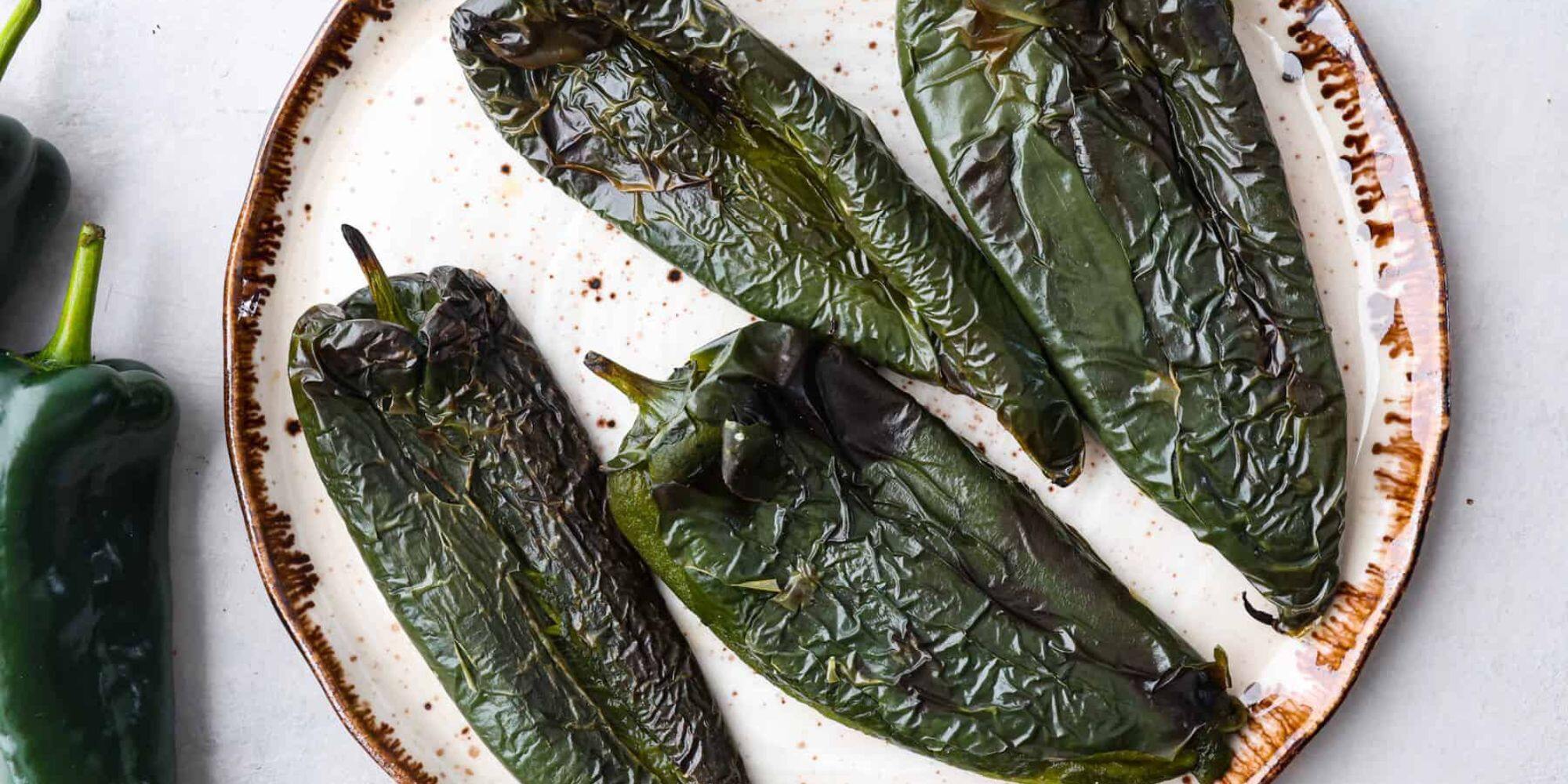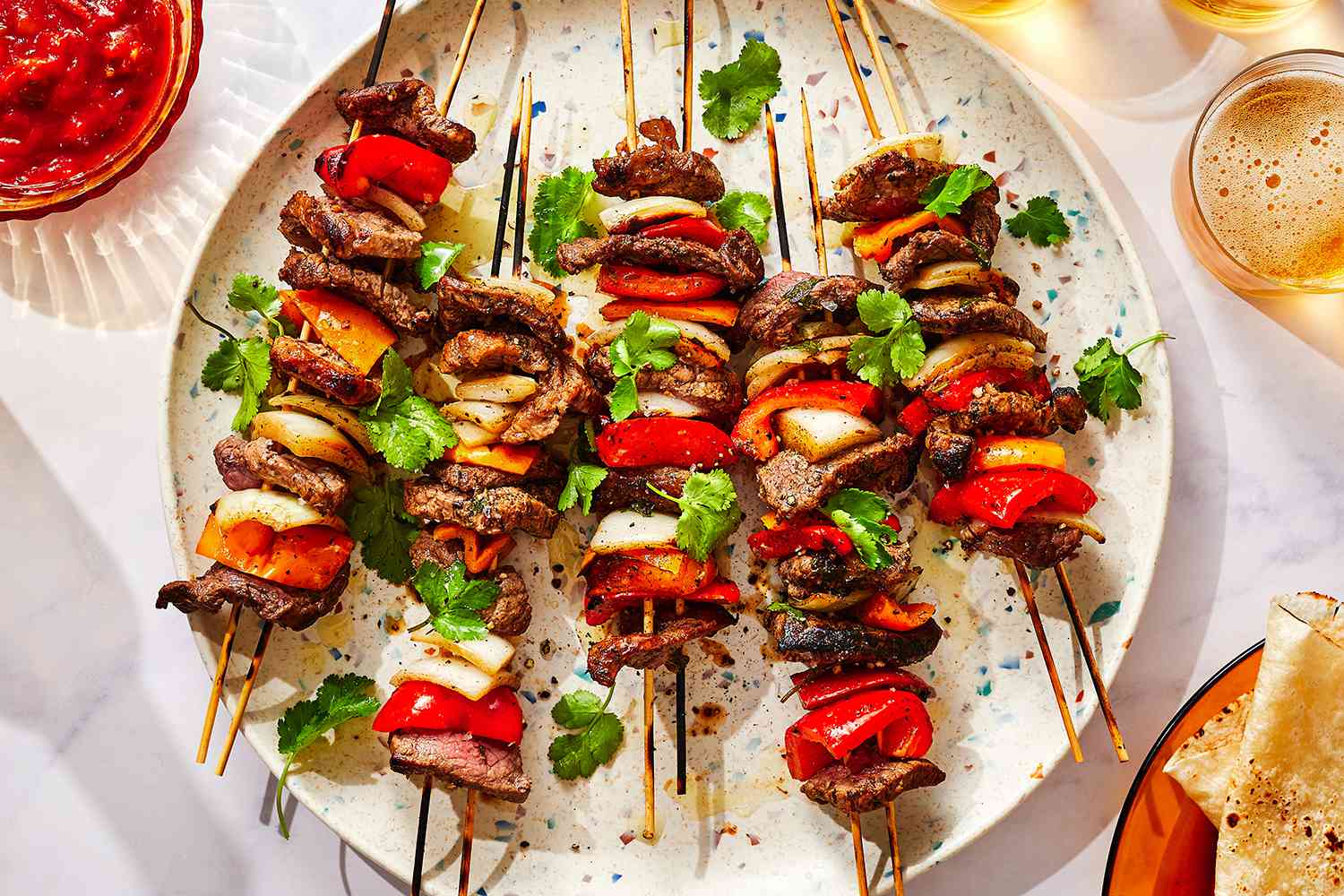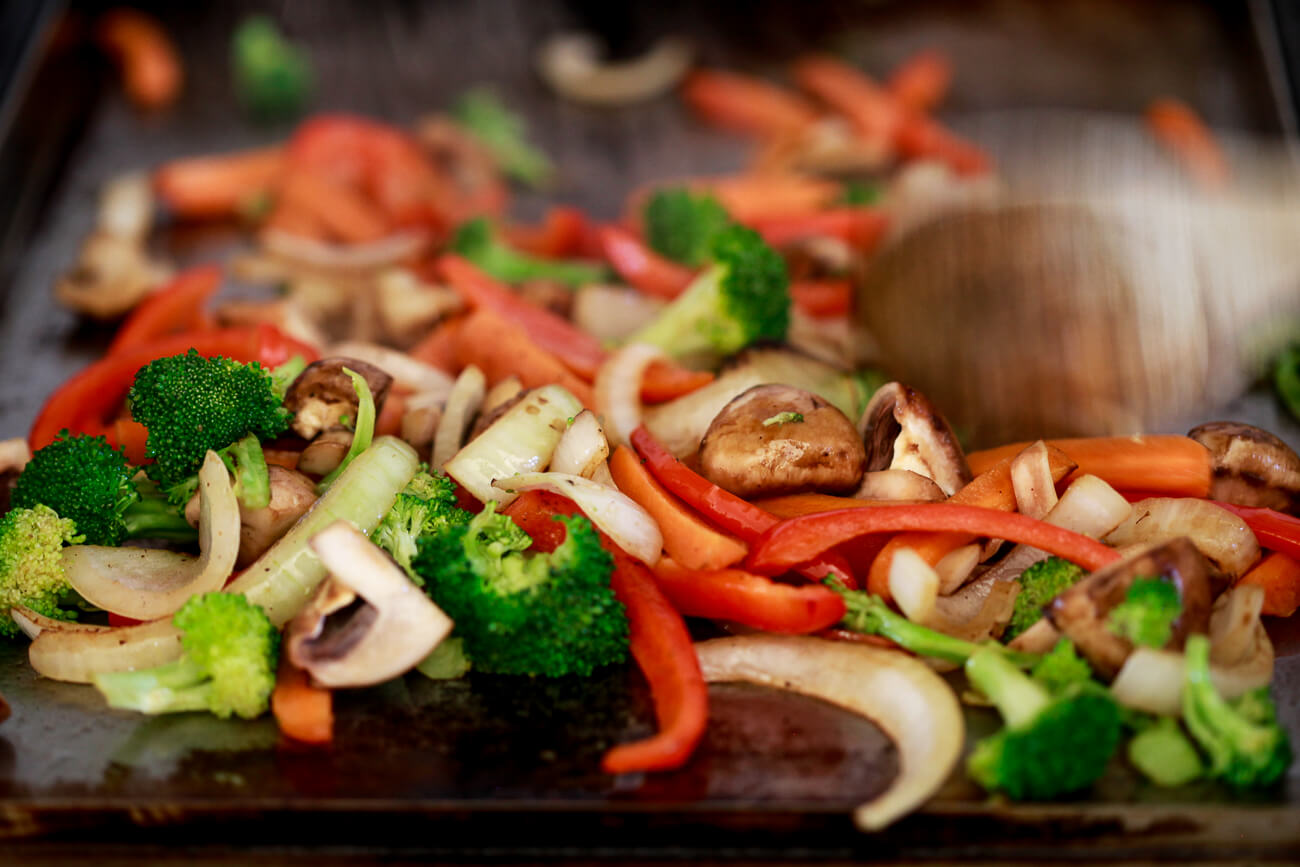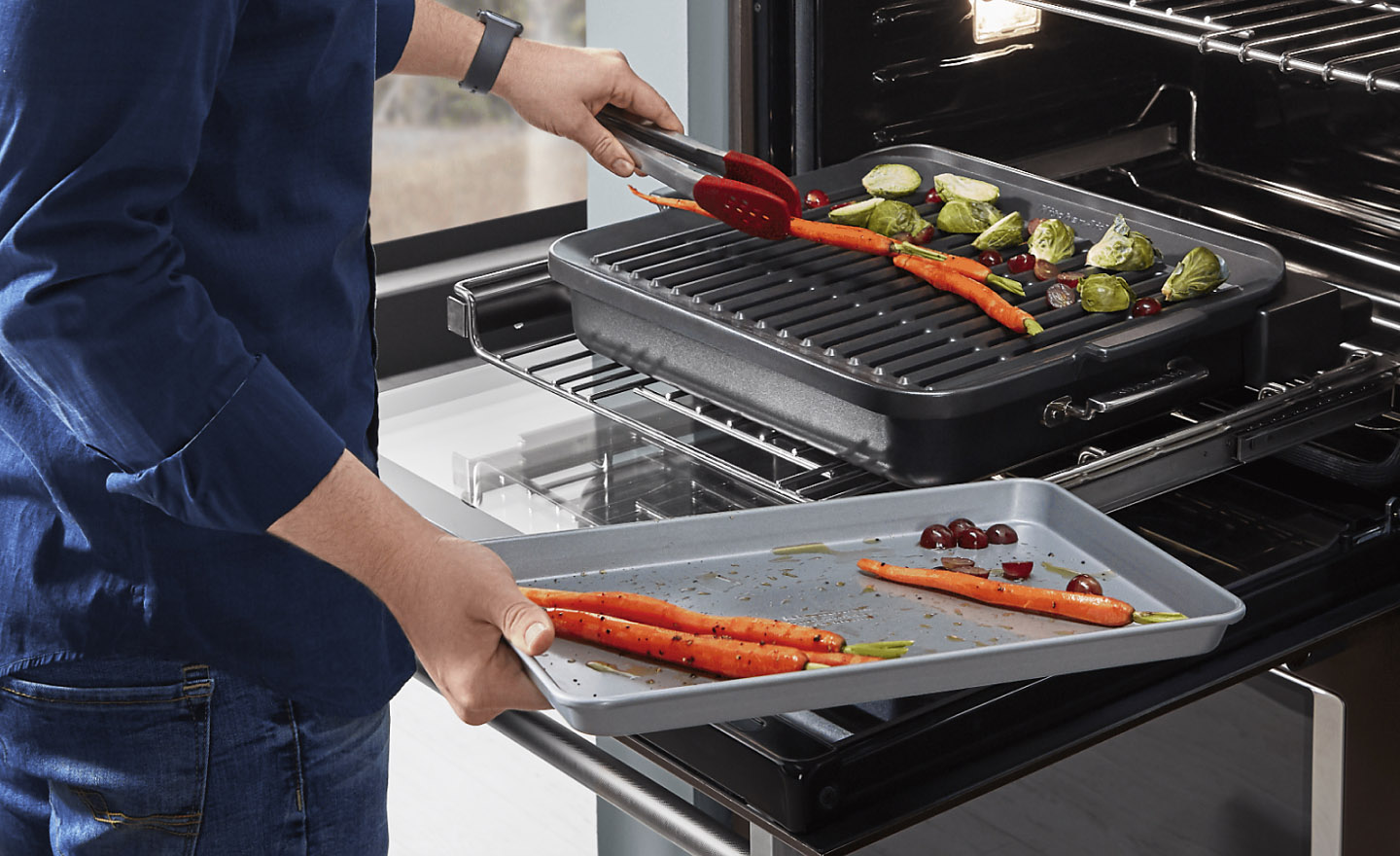Perfectly charred foods bring a smoky, rich flavor that elevates any dish. Achieving that ideal char requires a balance of heat, timing, and technique. Whether grilling vegetables, searing steaks, or toasting bread, the goal is to create a crisp, caramelized exterior while keeping the inside tender. This process not only enhances taste but also adds a visually appealing texture. Understanding the nuances of charring can transform simple ingredients into gourmet delights. In this guide, we'll explore tips and tricks to master the art of charring, ensuring your meals are always flavorful and beautifully cooked.
Essential Ingredients for Your Culinary Creation
The Art of Perfectly Charred Foods
-
Vegetables:
- Bell peppers
- Zucchini
- Eggplant
- Asparagus
- Mushrooms
-
Proteins:
- Chicken breasts
- Beef steaks
- Pork chops
- Shrimp
- Tofu
-
Marinades and Seasonings:
- Olive oil
- Soy sauce
- Balsamic vinegar
- Lemon juice
- Garlic powder
- Onion powder
- Paprika
- Salt
- Black pepper
-
Tools:
- Grill or grill pan
- Tongs
- Basting brush
- Meat thermometer
- Skewers (optional)
Must-Have Tools for Crafting the Perfect Dish
Tools Needed for Perfectly Charred Foods
- Grill: Essential for achieving that smoky flavor and charred texture.
- Tongs: Helps in flipping and moving food without piercing it.
- Grill Brush: Keeps the grill grates clean for even cooking.
- Meat Thermometer: Ensures food is cooked to the right temperature.
- Oil Brush: Applies oil to food or grill grates to prevent sticking.
- Charcoal Chimney Starter: Lights charcoal quickly and evenly.
- Heat-Resistant Gloves: Protects hands from high temperatures.
- Marinade Injector: Infuses flavors deep into meats.
- Grill Basket: Perfect for grilling smaller items like vegetables.
- Skewers: Ideal for kabobs and grilling smaller pieces of food.
- Spray Bottle: Filled with water to control flare-ups.
- Grill Light: Illuminates the cooking area for nighttime grilling.
- Cutting Board: Provides a surface for prepping and resting food.
- Sharp Knife: Essential for cutting and trimming meats and vegetables.
- Aluminum Foil: Useful for wrapping food to keep it moist or for indirect cooking.
- Basting Brush: Applies sauces and marinades during grilling.
- Grill Thermometer: Monitors the grill's internal temperature.
- Chimney Starter: Lights charcoal quickly and evenly.
- Grill Mat: Prevents smaller foods from falling through the grates.
- Wood Chips: Adds extra smoky flavor to grilled foods.
Use high heat, dry food surface, and avoid overcrowding. Flip once for grill marks. Rest meat after cooking. Vegetables need oil and seasoning. Keep a close eye to prevent burning.
The Secret Behind Mastering the Art
Mastering perfectly charred foods elevates cooking to an art form, infusing dishes with a smoky flavor and crisp texture that's hard to resist. This technique, rooted in ancient culinary traditions, not only enhances taste but also adds visual appeal, making meals more enticing.
Charring isn't just about taste; it's a celebration of simplicity and skill. By applying high heat to ingredients, chefs and home cooks alike unlock a spectrum of flavors, transforming ordinary ingredients into extraordinary experiences. This method showcases the natural beauty of food, emphasizing that sometimes, less is more in the kitchen.
Your Ultimate Step-by-Step Guide
The Art of Perfectly Charred Foods
-
Choose the Right Ingredients
- Select fresh vegetables, high-quality meats, and firm fruits.
- Ensure ingredients are dry to avoid steaming instead of charring.
-
Prep Your Ingredients
- Cut vegetables and fruits into uniform pieces for even cooking.
- Marinate meats with oil, herbs, and spices to enhance flavor.
- Pat ingredients dry with a paper towel.
-
Preheat Your Grill or Pan
- Heat grill to high temperature (450-500°F).
- For stovetop, use a cast iron skillet or grill pan on high heat.
- Ensure surface is clean and well-oiled.
-
Oil the Ingredients
- Lightly coat ingredients with olive oil or vegetable oil.
- Use a brush or spray bottle for even application.
-
Season Generously
- Sprinkle with salt, pepper, and other desired seasonings.
- Ensure even coverage for balanced flavor.
-
Place Ingredients on Grill or Pan
- Arrange in a single layer without overcrowding.
- Leave space between pieces for proper air circulation.
-
Do Not Move Too Soon
- Allow ingredients to sear without moving for 2-4 minutes.
- Look for grill marks or browning before flipping.
-
Flip and Repeat
- Turn ingredients using tongs or a spatula.
- Cook the other side for another 2-4 minutes.
- Ensure even charring on all sides.
-
Monitor and Adjust Heat
- Watch for flare-ups and adjust heat if necessary.
- Move ingredients to a cooler part of the grill if they char too quickly.
-
Check for Doneness
- Use a meat thermometer for meats (165°F for poultry, 145°F for beef/pork).
- Vegetables should be tender yet crisp.
- Fruits should be soft with caramelized edges.
-
Remove and Rest
- Transfer to a plate or platter.
- Let meats rest for 5-10 minutes to retain juices.
- Serve vegetables and fruits immediately for best texture.
-
Clean Your Grill or Pan
- Scrape off any residue while still warm.
- Use a grill brush or scrubber for thorough cleaning.
- Oil the surface to prevent rust and maintain seasoning.
-
Experiment with Flavors
- Try different marinades, rubs, and seasonings.
- Mix and match vegetables, meats, and fruits for variety.
- Enjoy the unique taste of perfectly charred foods.
Mastering the Char
Perfectly charred foods bring a unique flavor and texture to your dishes. Whether grilling vegetables, meats, or even fruits, achieving that ideal char requires attention to detail. Use high heat, keep an eye on cooking times, and don’t be afraid to experiment with different marinades and seasonings. Remember, practice makes perfect. The more you cook, the better you’ll get at knowing when your food has reached that sweet spot of being charred but not burnt. So fire up the grill, get those tongs ready, and enjoy the delicious results of your efforts. Happy cooking!
All Your Questions Answered
How do I get that perfect char on my food?
To get that perfect char, make sure your grill or pan is super hot before adding the food. This helps sear the outside quickly, locking in juices and creating that delicious crust.
What types of foods can be charred?
You can char a variety of foods like steak, chicken, vegetables, and even fruits. Each food type brings out unique flavors when charred.
How do I avoid burning my food while charring?
Keep a close eye on your food and flip it frequently. If you're using a grill, move the food to a cooler part of the grill if it starts to burn. You want a nice char, not a burnt mess.
Is there a difference between charring and burning?
Yes, charring adds a smoky, caramelized flavor, while burning makes food taste bitter and unpleasant. Charring should be controlled and even, while burning is usually uneven and blackened.
Can I char food without a grill?
Absolutely! You can use a cast-iron skillet or even your oven's broiler. Just make sure to get the pan or broiler really hot before adding your food.
What seasonings work best for charred foods?
Simple seasonings like salt, pepper, and olive oil work great. You can also experiment with spices like paprika, cumin, or garlic powder to add extra flavor.
How do I clean my grill or pan after charring?
Let the grill or pan cool down a bit, then scrub it with a grill brush or a sponge. For stubborn bits, soak the pan in warm, soapy water before scrubbing.
